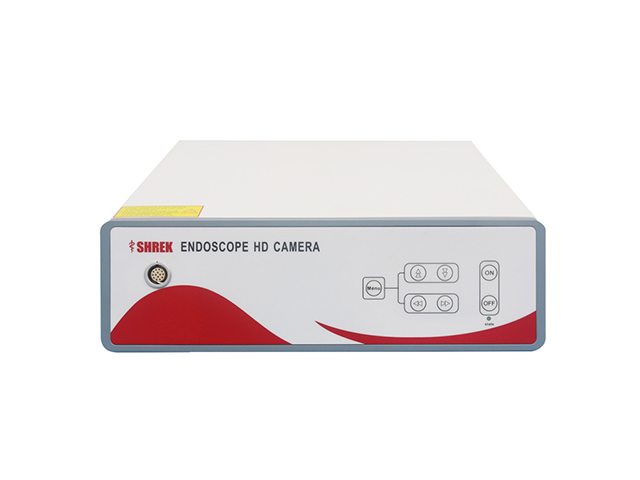SHREK NEWS
Why does the endoscope system choose LED cold light source?

The endoscope system typically uses LED (light-emitting diode) cold light sources for several reasons:
Reduced heat generation: LED cold light sources generate very little heat, which is important in endoscopy because it reduces the risk of tissue damage or injury during the procedure.
High-quality illumination: LED light sources provide high-quality illumination that is bright and clear, which is important in endoscopy because it enables the surgeon to see the area of interest more clearly.
Longevity: LED lights have a long lifespan compared to other types of lights, which reduces the need for frequent bulb replacements and maintenance.
Energy efficiency: LED lights consume less energy than traditional light sources, which can help to reduce the overall energy consumption and operating costs of the endoscope system.
Reduced environmental impact: LED lights are more environmentally friendly than traditional light sources, as they do not contain harmful substances such as mercury, which can be released into the environment when the lights are disposed of.
Compact size: LED light sources are typically smaller and more compact than traditional light sources, which makes them easier to incorporate into the endoscope system without taking up too much space.
Overall, the choice of LED cold light sources for endoscope systems is based on the need for high-quality illumination that is safe, reliable, energy-efficient, and environmentally friendly.




